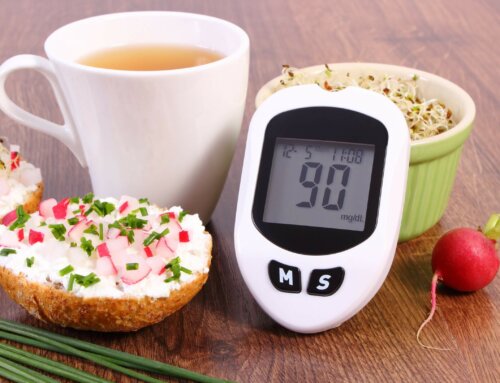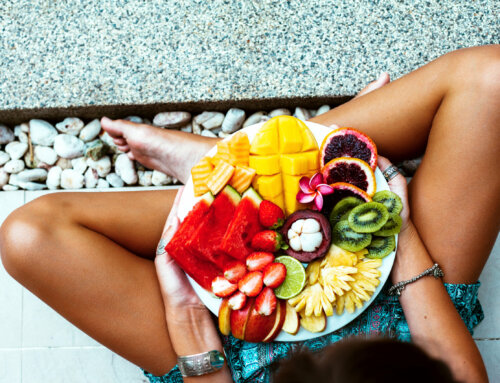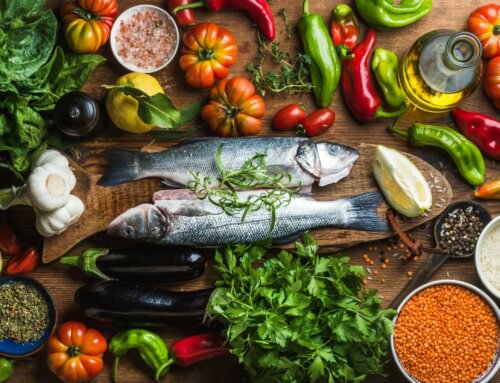Summertime is salad time! Cool and refreshing, salads are the perfect summer food. They’re easy to make, easy to tote, and best of all as heat rises they can easily transform from a side dish into the perfect “no sweat” entrée. In fact, when packed with healthy summer vegetables and lean protein, it’s hard to think of a better good-for-you meal than a salad.
Unfortunately most salads, whether served from a salad bar or ordered at a restaurant, don’t live up to their healthy reputation. High fat toppings such as cheese, nuts, bacon and mayonnaise based dressings can easily derail even the healthiest of salads. The great news is it’s not hard to make, or order, a satisfying salad that’s both nutritious and delicious if you know how.
Six Ways to Build a Better Salad
- Vary the lettuce. Look beyond iceberg (the least nutritious of all lettuces). Leafy red and green lettuce, romaine, butter lettuce, spinach, shredded cabbage and watercress add extra flavor and nutrients to your salads. Don’t be afraid to mix ‘n match.
- Pile on the veggies. Non-starchy vegetables including seasonal tomatoes, carrots, cucumbers, sweet bell peppers, mushrooms, summer squash and radishes add color, texture and flavor (and of course lots of great nutrition), and yet are low in calories, fat, and carbs.
- Be choosy with cheese. Each ounce (or ¼ cup shredded) of cheddar cheese adds 115 calories and 10 grams of fat to your salad. Using a reduced-fat cheese, or just a tablespoon or two of a strong flavored cheese like Parmesan or blue cheese, are better bets.
- Add fiber rich beans. Substitute creamy chick peas for croûtons and flavorful black beans for bacon. A quarter cup of beans has 50 calories, no fat, and 4 grams of fiber.
- Include lean protein. Steer clear of ground beef and “crispy” chicken and select lean protein sources such as egg whites, grilled chicken, shrimp or tuna (packed in water), to turn any salad into a satisfying meal.
- Dress For Success. A restaurant serving of regular dressing can add up to 500 calories to your salad. Opt for low-fat dressings when dining out and ask them to be served on the side where you control the quantity. At home, make your own vinaigrettes with equal parts oil and vinegar instead of the usual 3 parts oil for every part vinegar. Swap out regular mayonnaise with equal parts reduced fat mayonnaise and low-fat plain yogurt.
Here are two versatile dressing recipes to help you create lots of super salads: Sweet Balsamic Vinaigrette and Homemade Ranch Dressing.
Contributed By: Marlene Koch












Leave A Comment